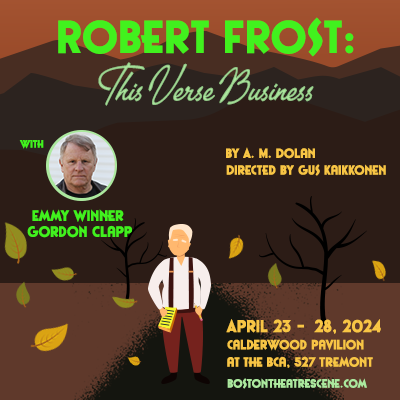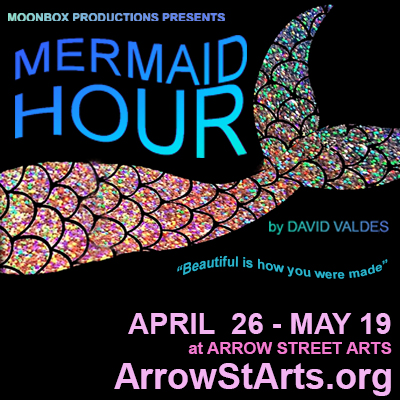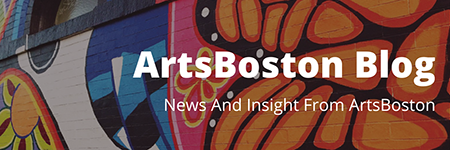Before the development of synthetic dyes in the second half of the 1800s, natural dyes were some of the most prized and sought-after commodities in the global economy. This talk uses historical images and texts to excavate changing approaches to indigenous environmental knowledge in colonial Mexico and early modern Europe through the study of cochineal. This insect, native to the Americas, produced the world\'s best quality and most valuable red dye from the 1520s until the rise of the modern ... view more »
Before the development of synthetic dyes in the second half of the 1800s, natural dyes were some of the most prized and sought-after commodities in the global economy. This talk uses historical images and texts to excavate changing approaches to indigenous environmental knowledge in colonial Mexico and early modern Europe through the study of cochineal. This insect, native to the Americas, produced the world\’s best quality and most valuable red dye from the 1520s until the rise of the modern chemical dye industry. Long used by indigenous people in the Americas, under Spanish colonization Mexican cochineal became a lucrative global commodity that depended on indigenous expertise for successful cultivation and preparation. Producing cochineal dye involved not only growing, harvesting, and preparing the insects but also maintaining their host species, the prickly-pear cactus. Over time, various approaches framed cochineal as a closely guarded imperial secret that led to espionage by covetous rivals eager to establish their own colonial plantations, as a scientific mystery that puzzled European scientists and showed the limits of their technologies and techniques, and as proof of the superior epistemic authority of native local knowledge over European long-distance ignorance. At the crux of this complex and fascinating history are questions about extraction, place, knowledge, and authority. The talk follows cochineal as it moved from Mexico to the rest of the world, from the plantation to the archive, from under the microscope to the surface of the copper plate, and from the courtroom to the printed page, tracking shifting ideas about what constituted environmental knowledge, where it could be produced, and who was understood to possess it as local indigenous objects and expertise entered circulated during the first global era.
Daniela Bleichmar is Professor of Art History and History at the University of Southern California, where she also serves as the founding director of the Levan Institute for the Humanities and director of the USC Society of Fellows in the Humanities. Her research and teaching address the history of images, objects, and texts in colonial Latin America and early modern Europe, focusing on the histories of science and knowledge production, cultural encounters and exchanges, collecting, and books. Her research has been supported by the Mellon Foundation, the Getty Foundation, the Getty Research Institute, and the ACLS. Her publications include the books Visible Empire: Botanical Expeditions and Visual Culture in the Hispanic Enlightenment (University of Chicago Press, 2012) and Visual Voyages: Images of Latin American Nature from Columbus to Darwin (Yale University Press, 2017). She is currently writing a cultural biography of the Codex Mendoza, an Indigenous illustrated manuscript produced in early colonial Mexico, which traces the extraordinary life of this transcultural object from Mexico City in the 1540s to London in the 1830s.
View less









